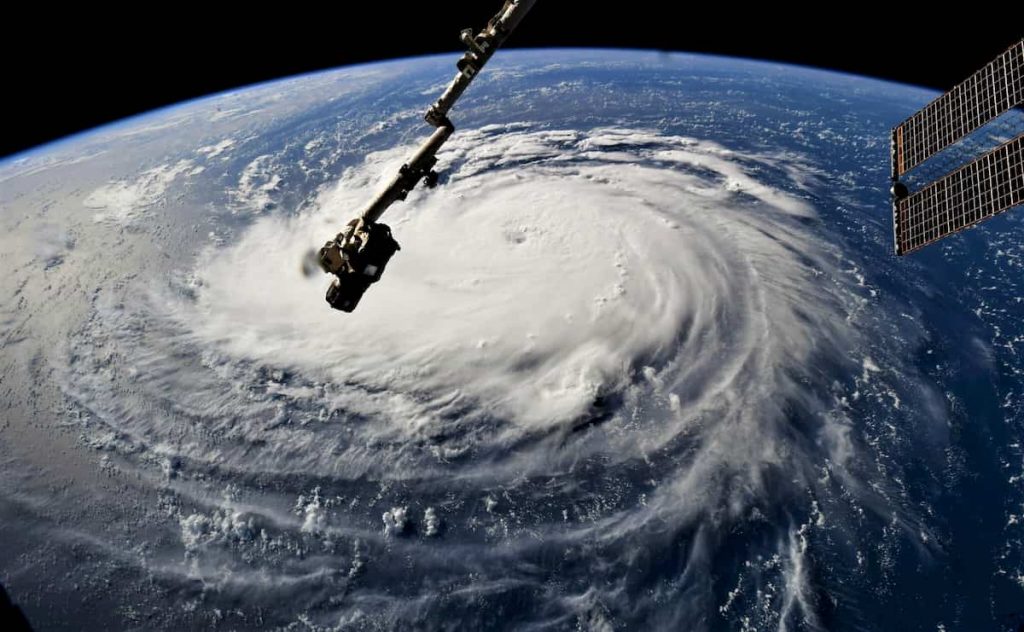When you flush the toilet in Australia, does the water swirl the other way?
The flushing of toilets
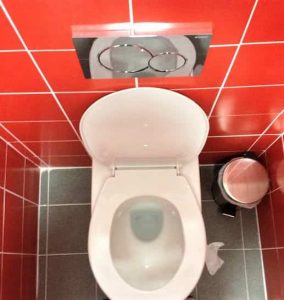
You’ve probably heard about the Coriolis effect many times. And maybe you’ve even, like me, watched in awe, on your first day in Australia, after being to the toilet… Staring down the drain to see if it’s any different. Well, I’ve never seen it… The difference that is. It’s a toilet, it swirls and it flows. Same with the sink… It swirls and it goes out the hole in the bottom. Maybe I haven’t really been paying attention. But I haven’t noticed anything extraordinary.
The Coriolis effect
There is in fact a physical and measurable reason why the water in the northern hemisphere swirls anti-clockwise and the water in the south swirls clockwise. And the reason is called the Coriolis effect. This is how it works:
If you stand on a merry-go-round in motion and throw a ball towards the center. Because you’re not still but moving, the ball subjectively will not travel in a straight line but turn. This is the case also if you throw the ball outwards.
The Coriolis effect and huge things like the Earth.
The mystical, swirling force isn’t really a force at all. It doesn’t do anything with the agent, it just looks that way. The subjective doing is caused by the earth’s rotation.
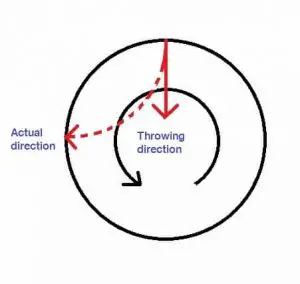
Now imagine you stand on the Equator and throw your ball towards the north pole. The Earth moves to the right, from west to east. Now, since you, at the Equator, have a higher vertical speed than the north pole, the ball will conserve that higher vertical speed and travel towards the east. The subjective eastward, vertical speed will be higher the closer to the pole it gets. Because of the Coriolis effect, it will turn right, towards the east.
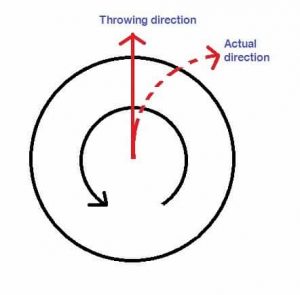
If you stand on the north pole and throw the ball towards the equator, the ball will subjectively travel west. This is because at the north pole it has no vertical speed whatsoever. But the further south it travels, the more speed the earth has. For every mile the ball travels, the earth travels toward the east, and it will seem, because of the Coriolis effect, as if the ball turns right, towards the west.
Weather, winds, and currents.
So going north the ball travels east, subjectively towards the right. Going south the ball travels west, subjectively towards the right. And this gives an anti-clockwise vortex to things moving inwards in the northern hemisphere. And consequently, a clockwise motion to things moving inwards in the southern hemisphere. Inwards meaning low-pressure weather systems e.g.
High-pressure systems obviously swirl the other way. In the northern hemisphere, they turn clockwise, because the pressure pushes the air outwards. And in the south they go anti-clockwise.
This Coriolis effect has an important role to play when it comes to winds, ocean currents, hurricanes, etc. For example, the trade winds have brought sail ships over the oceans for centuries. The persistence and stability of these winds are caused by this force.
The Coriolis effect and small things like toilets and sinks.
But let’s get back to our toilet. A sink, a bowl, or a toilet is small. It’s very small compared to a weather system or a trade wind. It’s so small, in fact, that the Coriolis effect has no measurable effect whatsoever.
It’s a strong myth, and it is hard to debunk. Many sustain that even if the effect is small, it would be possible to show it in a controlled environment… Like a laboratory for example. Until today, that hasn’t happened. Nobody has ever shown that the Coriolis effect could have any impact on water draining from a small container. (Please take me up on that one. I’d love to be wrong here…)
To better understand how small the Coriolis effect really is, imagine you’re standing on the north pole. You wash your hands and then you pull the plug at the bottom of the sink. Could the circular movement of the ground on which you stand, one complete turn in 24 hours, make the water move?
Conclusion
The Coriolis effect is very real and has an enormous impact on our daily life in the form of weather, winds, airplane routes, currents, and more. But it couldn’t move such a small quantity of water. The swirling depends on many other things, like the form of the container, the initial instability of the water volume, the position of the drainage, even the difference in temperature in the water, from left to right, from the surface to bottom.
The Coriolis effect has no measurable effect on such a small quantity of water.
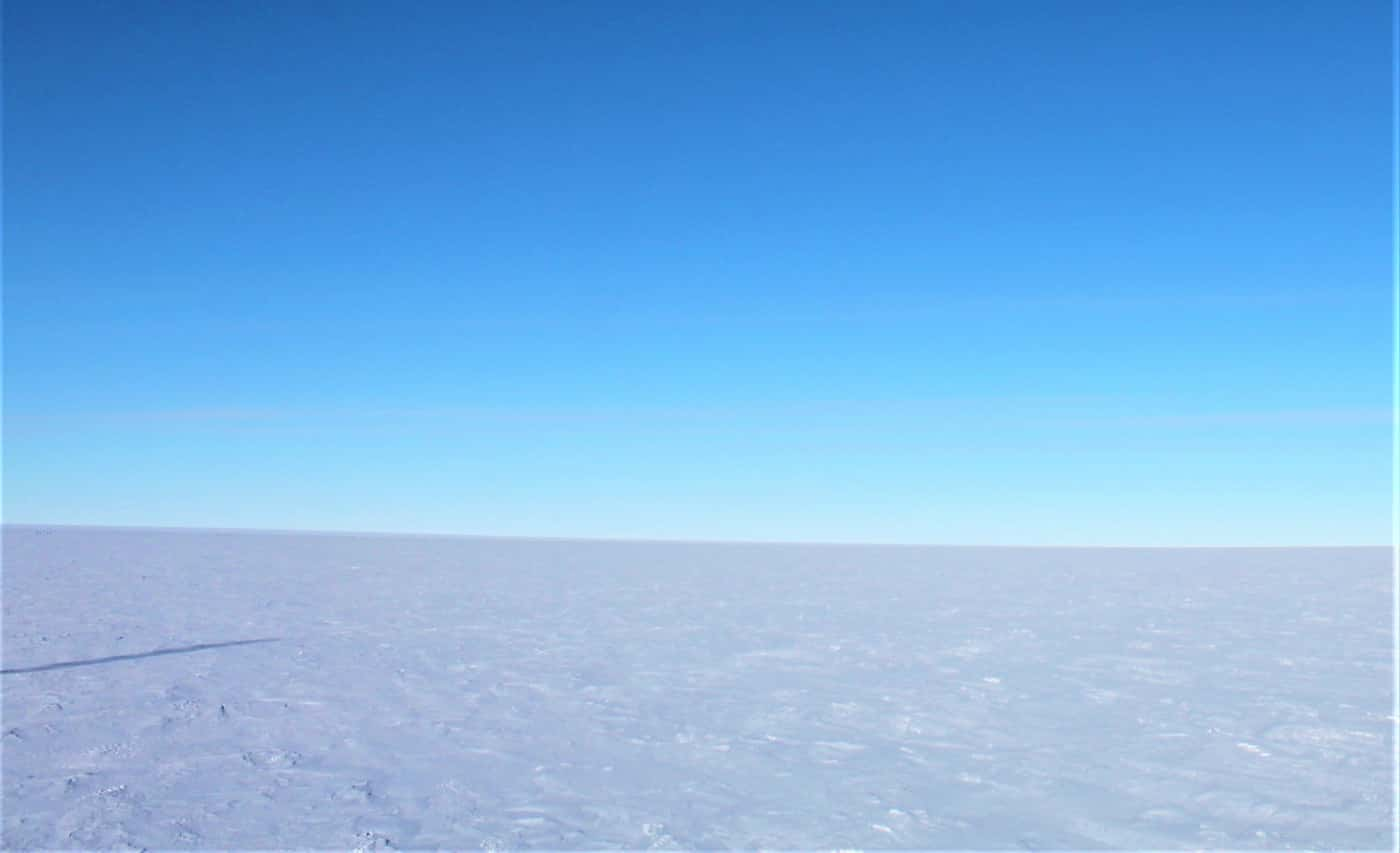
No, the swirling in such small basins is random. You need big things like weather systems for the Coriolis effect to be noticable.
sources
